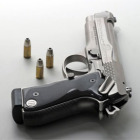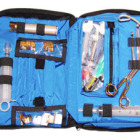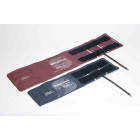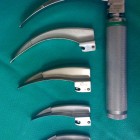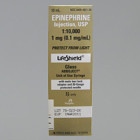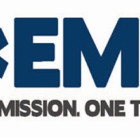
Feb 3, 2015
Throughout the years, I have received a lot of advice from a lot of people. I thought now would be a good time to share some of those quotes with you so that you might have the chance to learn from them as well. “If they’re bloody, clean them up.” – John Glowacki I’ve written about Big John before. He was one of my first EMT instructors and had a major influence on my career, and how I practice medicine even today. I was on a crash with him that was relatively minor, but the patient that were caring for was fixated on all of the blood covering her hands. His point was a simple one. Cleaning her up a bit not only would give you a better idea of where the blood is coming from, but it would also make the patient feel a little better not having to stare at what belonged on the inside that was now on the outside. Put the clipboard down. Don’t worry about your tablet. Leave the laptop closed. Don’t touch any of that stuff until your patient is completely taken care of, and trying to clean them up a bit is part of that. “Rule number 1: People die. Rule number 2: Paramedics can’t do anything to change rule number 1.” – Bob Moore This is something else that I have talked about in the past. As you may remember, Bob was one of my paramedic instructors and this was part of the speech that he gave us on the first night of class. A few years ago, I wrote about accepting mortality and quoted Bob. He commented on the post and shared the origin of it: In the fall of 1983, I was a NU medic student and not to brag but I did very well in class. Near the end of class we had an instructor named Joe Duecy run one of our last mega codes before exams. He put me through each and every rhythm known to man and I hung in there with the correct treatment and got the patient back with a pulse. After 30 minutes of playing with me Joe...




